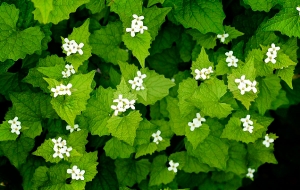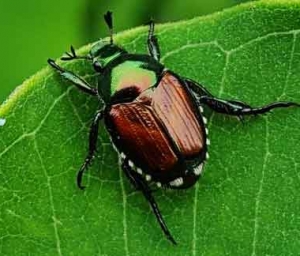Asian Jumping Worms
Heidi Heiland of Heidi’s Growhaus has put together a comprehensive document regarding Asian Jumping Worms. CLICK HERE TO READ
Be on the lookout for these little guys….not your typical earth worm that come out when it rains…
You probably think of earthworms as living underground. But the jumping worm actually lives in the topmost layer of the forest floor — amongst the fallen leaves and other material that cover the soil. It eats that fallen organic material. And that’s the problem.
Leaf litter provides essential nutrients to the forest. Trees need long-lasting sources of nutrients. When jumping worms quickly turn leaves into very loose soil (resembling coffee grounds), they deprive trees of essential nutrients.
For the homeowner, this species can tear through a garden destroying vegetation before you even notice their presence. The worms have traveled around the United States in bagged garden mulch, and sightings in Minnesota are being reported to the Department of Natural Resources. Be on the look out for these worms
Garlic Mustard

In 2006 the U.S. Senate designated the third Friday in May as Endangered Species Day for organizations (schools, parks, zoos, wildlife refuges, community centers, conservation groups) to celebrate the conservation of wildlife, fish, and plants. The Lake Minnetonka Garden Club is proud to participate by pulling garlic mustard from the Wolsfeld Woods.
Japanese Beetles
These beauties are much prettier than they are friendly. There is a lot of information out there about controlling Japanese beetles…not all of it is accurate. Visit the University of Minnesota link to get accurate information for our area. Japanese Beetle Information from U of M
Best way to control the beetles is to manually pick the plants from your plants. The beetle traps are not a good idea. While the traps attract and catch many beetles, many more are attracted than killed. There are ways to control the beetles when they are grubs, but use of pesticides should be limited since they are more dangerous than helpful for the Japanese beetles.

A natural predator of the Japanese beetle, known as the winsome fly is starting to kill Japanese beetles in Minnesota and at the Arboretum, says the Arb’s Integrated Pest Management Specialist, Erin Buchholz. This parasitoid fly lays its eggs on the beetles. When the eggs hatch, the larvae burrow inside the Japanese beetle, causing it to lose ability to function, so that it will die in a matter of days, even before it lays eggs for its next generation.
As you can see in the photo below (taken of beetles sampled at the Arboretum), the eggs are laid in instances of one or more on the beetles’ backs on the thorax area near their heads. Since this is a fly you definitely want in your garden, letting beetles like this live might be worth any damage they cause. It may also be yet another reason to avoid traps and blankets of insecticides.
Learn more at tinyurl.com/winsome-fly

